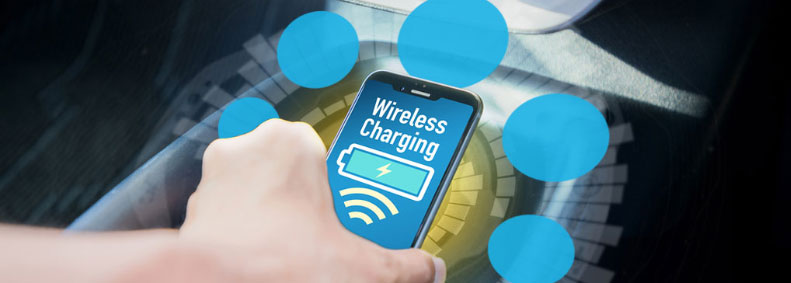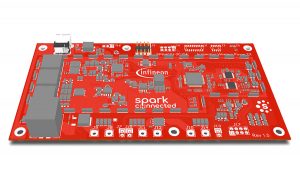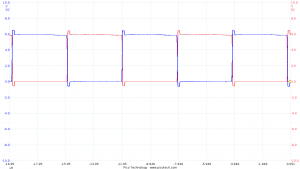
Wireless Power and wireless charging is one of the great inventions of the 19th century. (Notice I said “19th century” and not 21st century, since a brilliant Physicist named Nikola Tesla proposed a way to wirelessly power objects at a distance around 1899.) This technology has just started making a positive impact on the way we interact with our overabundance of portable battery-powered connected devices that make our lives so much easier (or more difficult, depending on your point of view). However, with any disruptive technology, there is a huge difference between building a very impressive laboratory demonstration and handing a finished product to someone that a) provides great benefits, b) is safe, and c) doesn’t break something else that also provides benefits. (By the way, Tesla had a bit of trouble with this one as well…)
What is wireless power?

A wireless power transmitter is just that…a transmitter. It broadcasts electro-magnetic energy that is “picked up” by the receiving device and poured into the battery. Whether the transmitter and receiver are next to each other or farther apart, a transmitter generates energy that can also be unintentionally absorbed by other devices. Depending on the device absorbing this energy, the resulting outcome can range from benign to disastrous.
Some environments, such as the inside of your car, are very sensitive to electro-magnetic energy, where some systems can actually stop working if we aren’t careful. One example is the smart keys that are used in modern automobiles (starting your car with the push button while the key is in your pocket). The operation of these keys relies on a radio frequency that is right on top of where a wireless transmitter operates when charging a smartphone. That means if you try charging your phone while in your car, the car may not start or run correctly. Disaster. “But I want to use wireless power to charge my phone in my car!” you say. Definitely a good use for wireless power or wireless charging, since fumbling with a cable and connector is not a pleasant experience while trying to get from point A to B. So what do we do now? Well, for starters, we can design a better mousetrap…er…transmitter.
This brings us in conflict with the first two rules of Engineering: 1) don’t make things more complicated than they need to be, and 2) don’t make things more expensive than they need to be. If we look at the current automotive in-cabin wireless charging products on the market, they use what is known as a traditional Class D full-bridge push-pull power section to drive the transmitter coil (we will refer to this as simply “Class D”).

With Class D, we drive the coil with a square wave, like in this picture, where the red and blue lines represent the waveform for each half of the full-bridge. As we remember from math class, a square wave is lots and lots of sine waves at different frequencies mashed together. So a square wave has lots of harmonics that have significant power. That means when we measure the EMI (Electromagnetic Interference) generated by the transmitter, we have lots and lots of frequencies that the transmitter broadcasts, and which can adversely affect other systems. And since a signal with all these harmonics is our starting point, it is very difficult to filter out this interference so it does not affect other systems. Starting with Class D makes solving the problem more difficult (violating Engineering rule #1), and adding the strong filters to address the EMI is expensive (violating Engineering rule #2).
The Spark Connected solution
Fortunately, Spark Connected has developed a power section architecture that reduces the harmonics in the signal that drives the coil. By starting with a coil waveform that more closely resembles a sine wave, we generate lower EMI and cause much less interference with other systems. Adding some simple filtering to this cleaner signal allows us to pass the key EMI requirements for automotive. Rather than becoming a trade-off between EMI and functionality (charging smartphones), we are left with a solution that meets the needs, without requiring complicated and onerous EMI suppression efforts. It may not be Wardenclyffe(1), but it is still pretty cool to be able to charge your smartphone in your car without worrying about impacting other critical systems.
Because, at the end of the day, if you are driving along old Route 66, the last thing you want to worry about is if charging your phone is going to cut short your road trip.
(1) A not-so-obscure Nikola Tesla cultural reference
